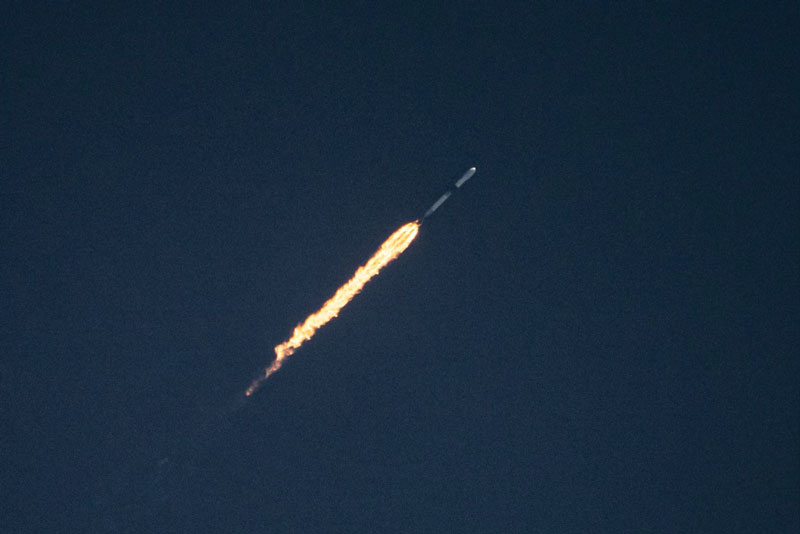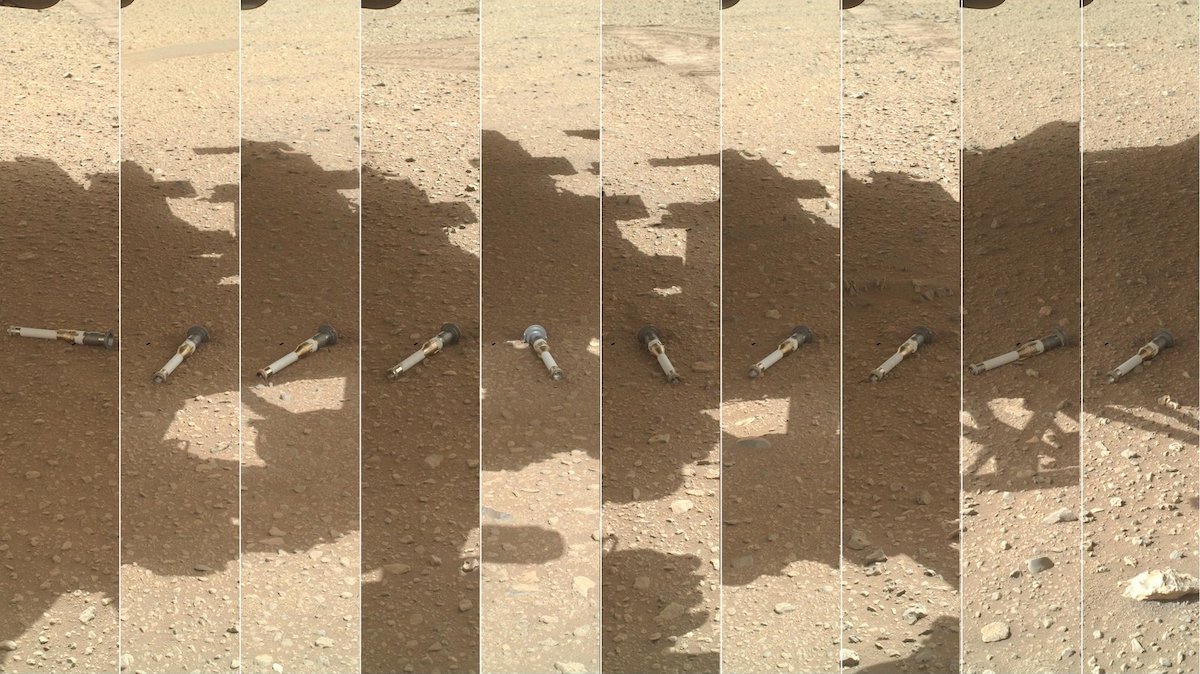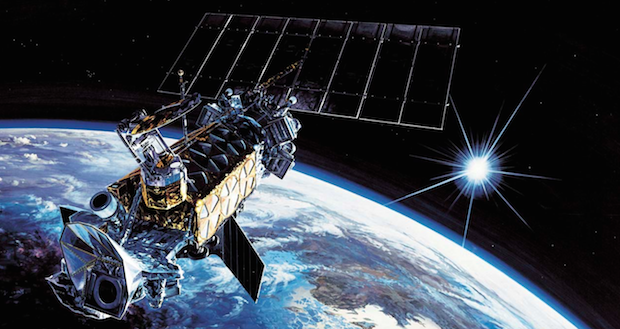A Falcon 9 stands ready for a Starlink mission at Cape Canaveral’s pad 40. File photo: Adam Bernstein/Spaceflight Now.
Following the historic launch of a pair of the European Commission’s Galileo satellites, SpaceX is preparing to launch another batch of its own Starlink high-speed internet satellites. The Sunday evening Falcon 9 launch will mark the 29th dedicated launch of Starlink satellites in 2024.
Liftoff of the Starlink 6-54 mission from Space Launch Complex 40 (SLC-40) at Cape Canaveral Space Force Station (CCSFS) is set for 6:08 p.m. EDT (2208 UTC). If needed, SpaceX has backup opportunities until 9:50 p.m. EDT (0150 UTC).
Spaceflight Now will have live coverage beginning about an hour prior to liftoff.
The Falcon 9 first stage booster supporting this mission, tail number B1076 in the SpaceX fleet, will be launching for a 13th time. It previously supported the launches of Ovzon 3, Intelsat IS-40e, SpaceX’s 26th Commercial Resupply Services (CRS-26) flight and six Starlink missions.
A little more than eight minutes after liftoff, B1076 will land on the SpaceX droneship, ‘Just Read the Instructions.’ This will be the 80th landing on JRTI and the 301st booster landing to date.
























